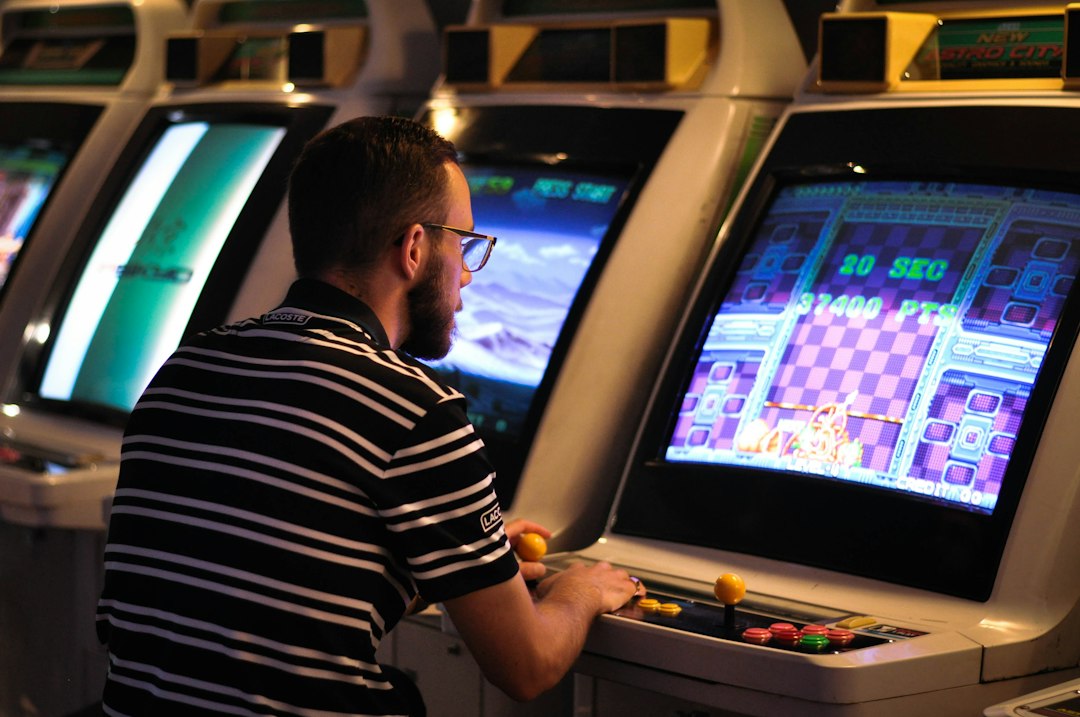How Gaming Can Serve as a Valuable Educational Tool
Video games have been a subject of controversy for many years, often associated with negative effects such as addiction, violence, and a waste of time. However, as technology continues to advance, the educational potential of gaming is being increasingly recognized and utilized. Video games can be more than just a form of entertainment; they can serve as a valuable educational tool that fosters critical thinking, problem-solving skills, and creativity.
One of the most significant advantages of using video games as an educational tool is the level of engagement they provide. Unlike traditional forms of education, video games have the ability to immerse players in a virtual world, where they can actively participate and interact with the content. This hands-on approach compels players to think critically, make decisions, and solve problems within the game’s context. For example, in educational games like “MinecraftEdu,” players are challenged to use logic and problem-solving skills to build structures, solve puzzles, and even develop their own educational activities. Such games encourage exploration, experimentation, and collaboration, enhancing students’ learning experience.
In addition to critical thinking and problem-solving, video games can also improve various cognitive abilities. Numerous studies have shown that gaming helps enhance spatial awareness, memory, attention span, and hand-eye coordination. For instance, action games require players to quickly process information and react accordingly, improving their cognitive abilities. Furthermore, strategic games like “Civilization” or “Age of Empires” require players to think ahead, plan their actions, and consider the consequences of their decisions. These games can foster strategic thinking skills and teach valuable lessons about cause and effect, resource management, and diplomacy.
Gaming can also be an effective tool for language learning. Many educational games incorporate foreign languages, allowing players to practice vocabulary, grammar, and pronunciation in an interactive and engaging manner. Language learning games, such as “Duolingo” or “Rosetta Stone,” provide a fun and immersive environment where players can improve their language skills through gameplay. By incorporating gaming into language education, students can be motivated to practice more often, leading to better language proficiency and a deeper understanding of the culture associated with the language being learned.
Moreover, video games have the potential to foster creativity and imagination. Games like “Minecraft” or “LittleBigPlanet” offer players a sandbox-like environment where they can build, create, and design their own worlds. These games encourage players to think creatively, problem-solve, and express themselves artistically. Beyond that, game modding – modifying existing games or creating new content – allows players to develop programming and game design skills. This combination of creativity and technical skills is highly valued in various fields such as animation, programming, and digital design.
Another aspect where gaming proves its educational value is through simulations. Simulations can be educational tools that replicate real-world scenarios, allowing students to practice and apply what they have learned. Flight simulators, for example, provide pilots-in-training with a safe environment to learn and develop their skills before entering an actual aircraft. Medical simulators allow aspiring doctors to practice procedures and diagnosis without putting real patients at risk. Simulations help bridge the gap between theory and practice, instilling confidence and competence in learners.
While video games have shown immense educational potential, it is essential to ensure that their usage is guided and balanced. It is crucial to choose games that align with educational goals, provide meaningful content, and are age-appropriate. Additionally, educators and parents should be actively involved in the gaming experience, by monitoring gameplay, discussing concepts, and facilitating reflection on the lessons learned. By embracing gaming as an educational tool and incorporating it into the curriculum, educators can tap into the natural enthusiasm of students for gaming and create an engaging and effective learning environment.
In conclusion, video gaming has evolved from being just an entertainment medium to a valuable educational tool. With their ability to engage players, foster critical thinking, improve cognitive skills, enhance language learning, and stimulate creativity, video games have the potential to revolutionize the way education is delivered. As technology advances and educational games continue to be developed, it is crucial to recognize and harness the full potential of gaming as an educational tool, preparing students for the challenges of the future in an engaging and effective manner.

